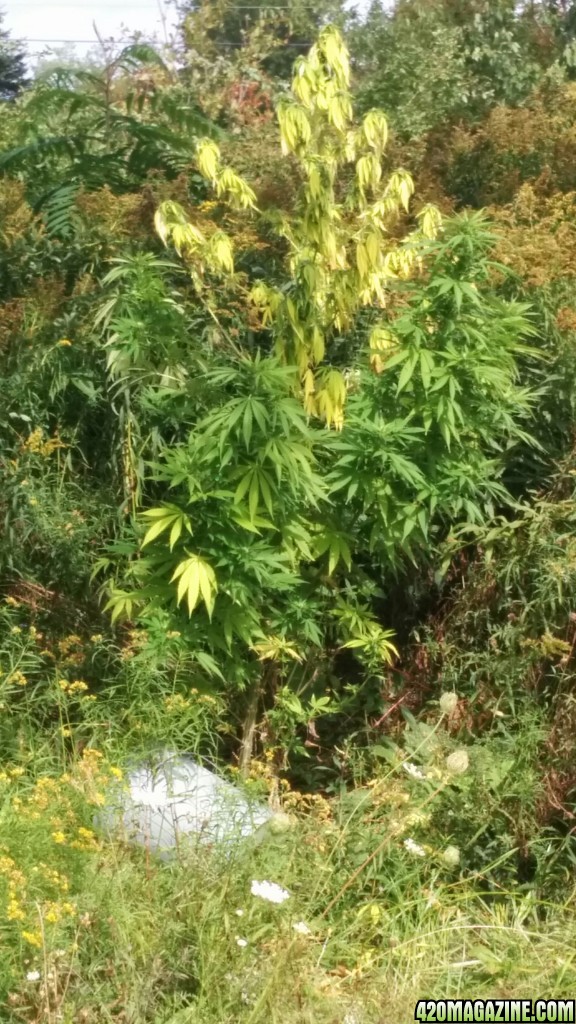Well friends, the first indoor grow is officially done and final yields in

Here is the yield from the final cut, de-stemmed, weighed and jarred for curing
This gives me a total yield for this grow (that I can account for) of 295.6g. There was a few grams lost to budrot early on and lord knows how much lost to sticky fingered kids while drying (son and step daughter). Next grow things will be a little more secured when I am away LOL That gives me about 0.7g/w which I am happy with on my first grow

Now a little preview of what I am considering for my next indoor grow when I return from holidays at the end of the month.
These are the candidates in quarantine and re-vegging under 24/0 light until I return. 6 clones of Big Mamma and one of my 8 foot Cluster Bomb.
Because I have 7 and only want 4 in the bloom room at a time, tentative plans are for 4 Big Mamma clones to be flowered, 1 to become a mother plant, one to have a sex change for seed production and maybe future breeding experiment, and the Cluster Bomb to become a mother.
Here is some recycled soil amended and cooking for the next grow. Amendments added: blood meal, bone meal, a feather meal based tree fertilizer (4-4-8), Epsom salts, finely ground egg shell, coffee grounds and lastly some diatomaceous earth (food grade).
Some of you may be wondering why I would use diatomaceous earth as an amendment. some may think I am crazy, no worries you are not alone in thinking that LOL The reason? Silicates.
Silicates are often over looked as a mineral needed by plants but it actually improves their cellular structure creating a stronger, healthier plant. Diatomaceous earth is actually about 1/3 silicates that are more readily available for plant uptake than the common potassium silicate sold for plant use, not to mention MUCH cheaper and has an abundance of other minerals and micro nutrients.
Here is a little blurb I came across when searching for a silicate source:
"Fortunately, many growers are now discovering the benefits of flowable silicon as an alternative to potassium silicate. Flowable silicon is pH neutral and it is derived from natural sources of silicon dioxide. The best source of flowable silicon comes from clean, finely-powdered diatomaceous earth."
and:
"DE is approximately 3% magnesium, 33% silicon, 19% calcium, 5% sodium, 2% iron and many other trace minerals such as titanium, boron, manganese, copper and zirconium."






 friends
friends But more on that later.
But more on that later.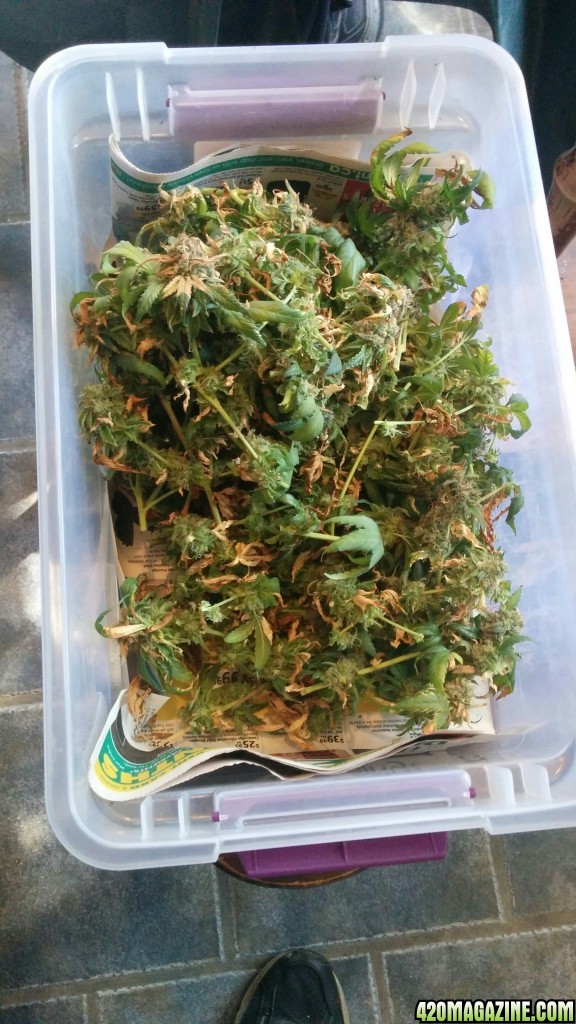
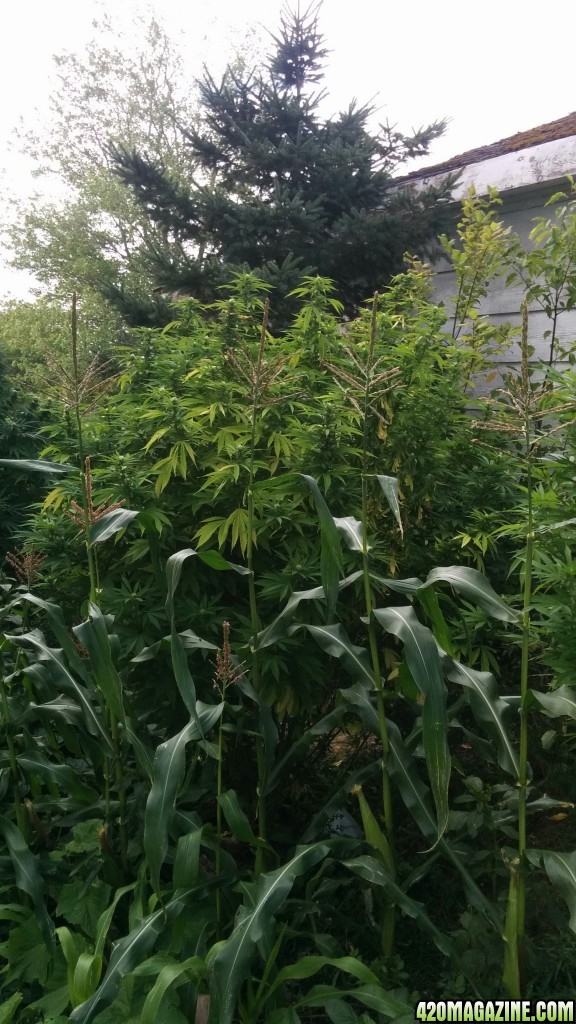
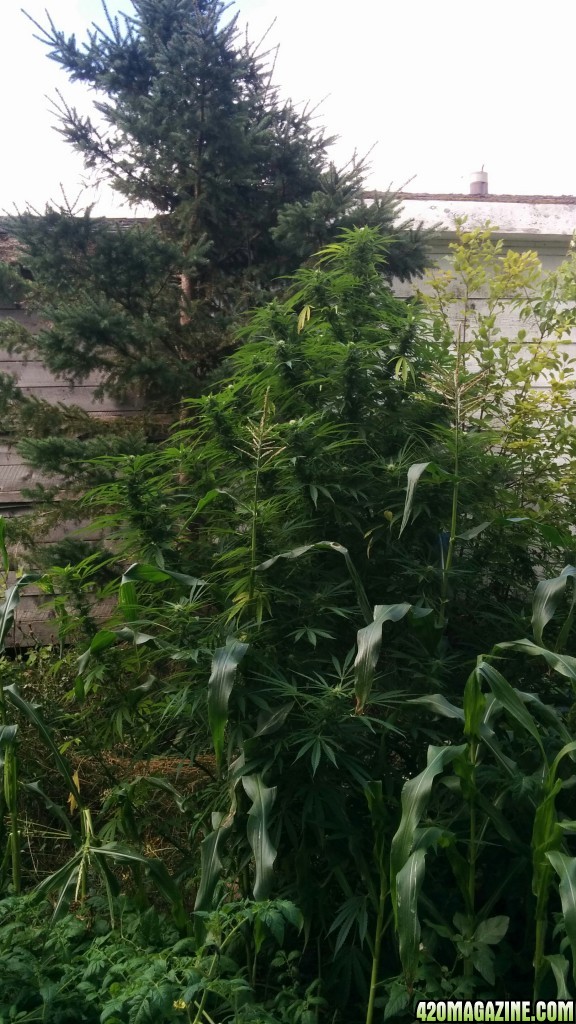
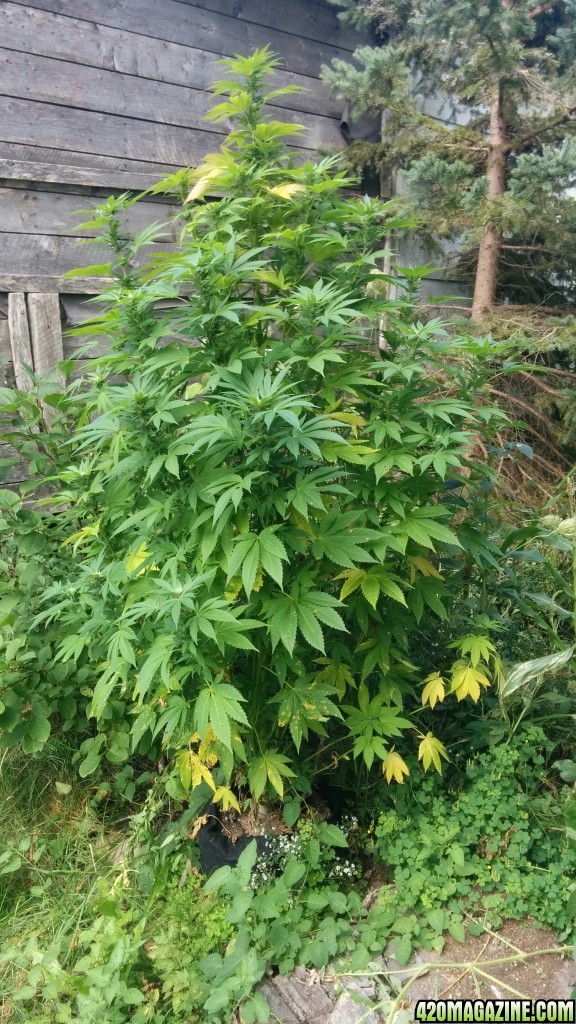
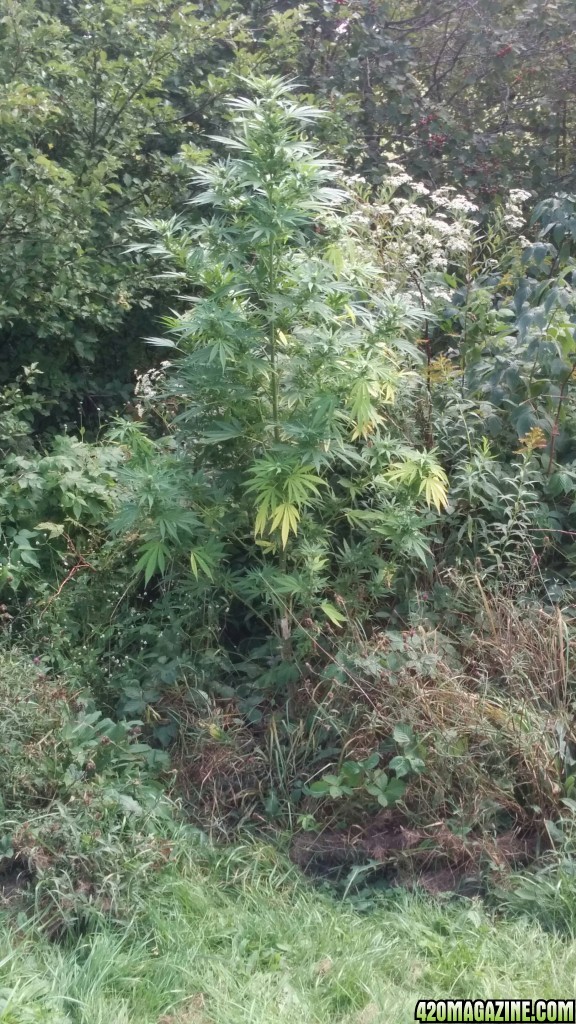



 she has a bad case of powdery mildew girdle her main stem. I thought I had it cleared up once but it was actually growing under layers of her outer bark. Between the dry conditions and the mildew, not sure she will recover.
she has a bad case of powdery mildew girdle her main stem. I thought I had it cleared up once but it was actually growing under layers of her outer bark. Between the dry conditions and the mildew, not sure she will recover.